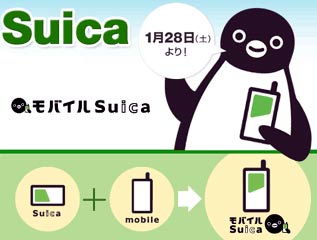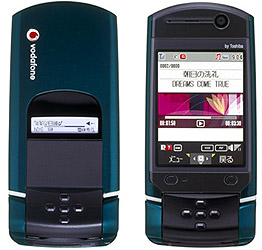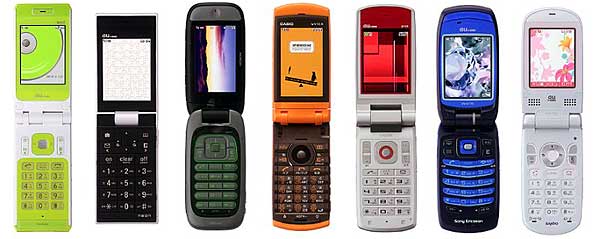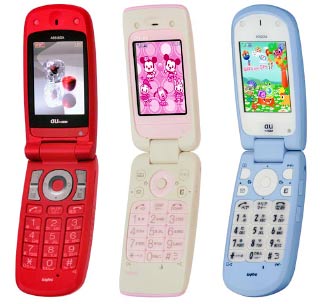Japan Rail Launches Mobile Wallet Phone Service
 On a sunny Saturday morning here in Tokyo, Japan Rail launched their long-awaited Mobile Suica service, which will allow customers to use their FeliCa-enabled Osaifu ketai (wallet phone) to get into the station simply by swiping their handset past the turnstile reader. The service will be available at almost 900 stations located in the Tokyo, Sendai, Niigata, and Kansai regions. On roll-out day the system supports 12 handset models from DoCoMo and KDDI; none of the three available Vodafone units will be supported at launch. Interesting to note that DoCoMo’s latest F702iD, just announced last week, will be accepted as well. Until now, it has in fact not been possible to use your phone as a train ticket in Japan. Despite all the live demonstrations, trade-show hype and media speculation around FeliCa, the FeliCa-based Suica cards used by JR and the FeliCa-based handsets sold by DoCoMo, KDDI and Vodafone have been incompatible. As the well-established ‘Suica’ card is also accepted at many shops (including Bic Camera, a major electronics chain) in and around JR stations, this move will undoubtedly push up the volume of mobile payments made in 2006. It should come as no surprise that NTT DoCoMo announced on 26 January that sales of their FeliCa handsets passed the 10 million mark, a notable increased from the stated [.pdf] circulation of 7.7 million units in November 2005.
On a sunny Saturday morning here in Tokyo, Japan Rail launched their long-awaited Mobile Suica service, which will allow customers to use their FeliCa-enabled Osaifu ketai (wallet phone) to get into the station simply by swiping their handset past the turnstile reader. The service will be available at almost 900 stations located in the Tokyo, Sendai, Niigata, and Kansai regions. On roll-out day the system supports 12 handset models from DoCoMo and KDDI; none of the three available Vodafone units will be supported at launch. Interesting to note that DoCoMo’s latest F702iD, just announced last week, will be accepted as well. Until now, it has in fact not been possible to use your phone as a train ticket in Japan. Despite all the live demonstrations, trade-show hype and media speculation around FeliCa, the FeliCa-based Suica cards used by JR and the FeliCa-based handsets sold by DoCoMo, KDDI and Vodafone have been incompatible. As the well-established ‘Suica’ card is also accepted at many shops (including Bic Camera, a major electronics chain) in and around JR stations, this move will undoubtedly push up the volume of mobile payments made in 2006. It should come as no surprise that NTT DoCoMo announced on 26 January that sales of their FeliCa handsets passed the 10 million mark, a notable increased from the stated [.pdf] circulation of 7.7 million units in November 2005.




 Building on the original teen-targeted Sweet handsets first introduced in January 2005, the companies have just announced three new models for release starting 1 February. One of the key features included in the first series was a GPS-aided application that included user location data in email sent from the phone (so that parents would know whether young Yukiko-chan was actually at juku (cram class) — or not). The second gen of these handsets goes a few steps further to include that function as well as the new
Building on the original teen-targeted Sweet handsets first introduced in January 2005, the companies have just announced three new models for release starting 1 February. One of the key features included in the first series was a GPS-aided application that included user location data in email sent from the phone (so that parents would know whether young Yukiko-chan was actually at juku (cram class) — or not). The second gen of these handsets goes a few steps further to include that function as well as the new  In the 1997 movie
In the 1997 movie  We published 596 articles on Wireless Watch Japan in 2005 and thought you might enjoy looking back at the most popular Japan mobile industry highlights from the year. The links below, three from each month, represent the two top stories (by volume of visitor requests) and a third which we consider a significant development in that 30-day period.
We published 596 articles on Wireless Watch Japan in 2005 and thought you might enjoy looking back at the most popular Japan mobile industry highlights from the year. The links below, three from each month, represent the two top stories (by volume of visitor requests) and a third which we consider a significant development in that 30-day period.